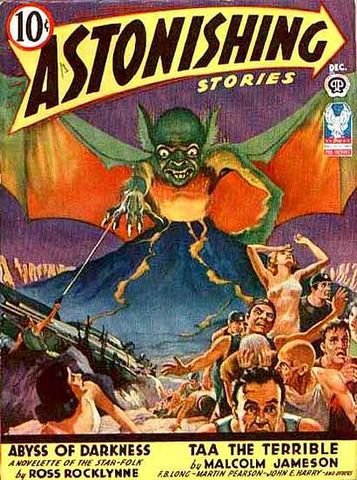
Predators such as leopards and chimpanzees consistently target smaller-brained prey less capable of escape. They avoid more intelligent prey such as monkeys which have exceptionally large brains and are more capable of escaping attacks.
The report shows a strong correlation between the brain size of the prey and the predatory bias towards it. The study, carried out by Dr Susanne Shultz, focused on predators from Africa and South America such as the jaguar, chimpanzee, leopard and puma. Dr Shultz found that prey with a small brain such as small antelope, mongooses and the red river hog were more susceptible to attacks by predators compared with larger-brained prey.
Animals with small brains lack behavioural flexibility and are probably less capable of developing new strategies to escape predators, compared with larger-brained species.
"Some animals' ability to avoid being eaten by predators may be a contributing factor to the evolution of large brains across some species, adding to conventional theories which argue this is important for developing social relationships and using tools."
 Here in Mongolia (your Atomic Surgeon goes get around) they are proud of the their new generation of Mongolian artists. However, to my eye, a small number seem to have been strongly influenced by the early work of Vaughn Bode and Jeff Jones.
Here in Mongolia (your Atomic Surgeon goes get around) they are proud of the their new generation of Mongolian artists. However, to my eye, a small number seem to have been strongly influenced by the early work of Vaughn Bode and Jeff Jones.










